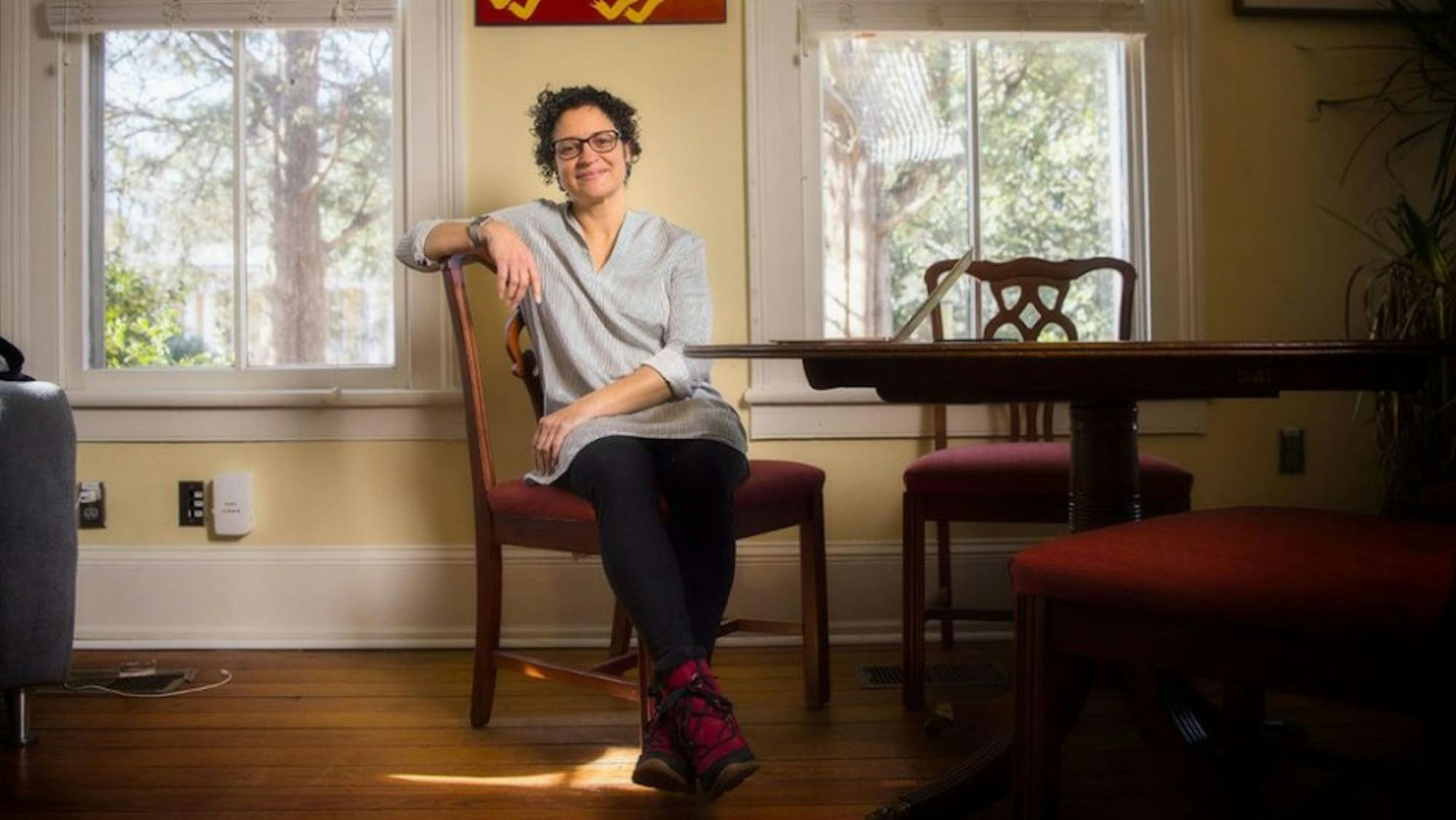The topics of slavery and Native American removal are two that have had lasting impacts in the United States. The path of learning about the past and striving towards restorative justice is far from over. Articulating these ideas was the goal of the “In the Wake of Slavery and Dispossession” panel held Sept. 30.
Cahoon Family Professor in American Studies Malinda Lowery, Emory’s first indigenous professor, moderated a three-panelist discussion that housed over 40 students and faculty members from around the country as well as many others on Zoom. The panel provided a space to contemplate dispossession.

The panelists included Nakia Parker, a historian of 19th century slavery and African American and American Indian history; Professor of History at Columbia University (N.Y.) Michael Witgen and Professor of History at Pennsylvania State University Christina Snyder, who is a scholar on Civil War history.
The discussion began with the three historians giving insight on salient issues that American society has experienced regarding Native American removal on a national scale. The federal government began to acquire Native American land at the founding of the United States, Snyder said, explaining that the government wanted Native Americans to assimilate. But if they resisted expansion, they would be exterminated or expelled, she added .
Ultimately, the government’s goal was to replace the Native population with free white and enslaved Americans, Lowery noted.
The panelists further contextualized this area of history, indicating that when historians use the phrase “Indian removal,” they mean much more than Andrew Jackson’s legacy and the Indian Removal Act of 1830. For instance, Native American removal effected the profitability of corporate agriculture, education and is interconnected with slavery and anti-Black racism.
Parker discussed the Choctaw and Chickasaw tribes’ removal, who were located in the American Southeast and their displacement to present-day Oklahoma. Along the Trail of Tears, there were outbreaks of disease, cholera and smallpox, and numerous cases of fraud and death. However, private, white citizens profited on this dispossession at the expense of these Southeastern tribes.
“The whites actually changed what should be cultivated and grown because they saw the profit of Indian removal,” Parker said.
Snyder noted how systems of education in the U.S. developed before they were federally funded. For instance, Native Americans showed interest in education to compete economically and politically with whites during the time. Some even used proceeds from a series of treaties with the United States to attend Emory College in the 1850s, Snyder added.
Witgen then explained how states considered granting some privileges to mixed-race Natives, but were reluctant to do so because of the pressure they would have received from other minority groups to also be included in these benefits.
Witgen’s perspective was unique, Snyder contended. She elaborated on the idea that the federal government had different mechanisms to extract wealth from indigenous labor versus slave labor. Despite this fact, there was a consistent connection between slavery and Native American dispossession in the Southeast, Snyder confirmed.
Towards the end of the discussion, the panelists noted that “the dynamics of treatment of Native Americans are still with us today,” Synder mentioned
For instance, the federal government did not formally recognize the Native American nations, Parker added. She discussed the repercussions of both Indian removal and enslavement into the idea of systemic racism today.
Hitting close to home, many fundamental public goods in the United States, such as land grant universities, come from the dispossession of Native American populations, Witgen said. Emory University itself islocated on Muscogee (Creek) land. There are different ways to approach dispossession today, but there is one that is most appropriate in his view.
Going forward, states and universities must acknowledge not only where the land came from but also the wealth that was produced as a result of the Native American dispossession, Witgen said.





